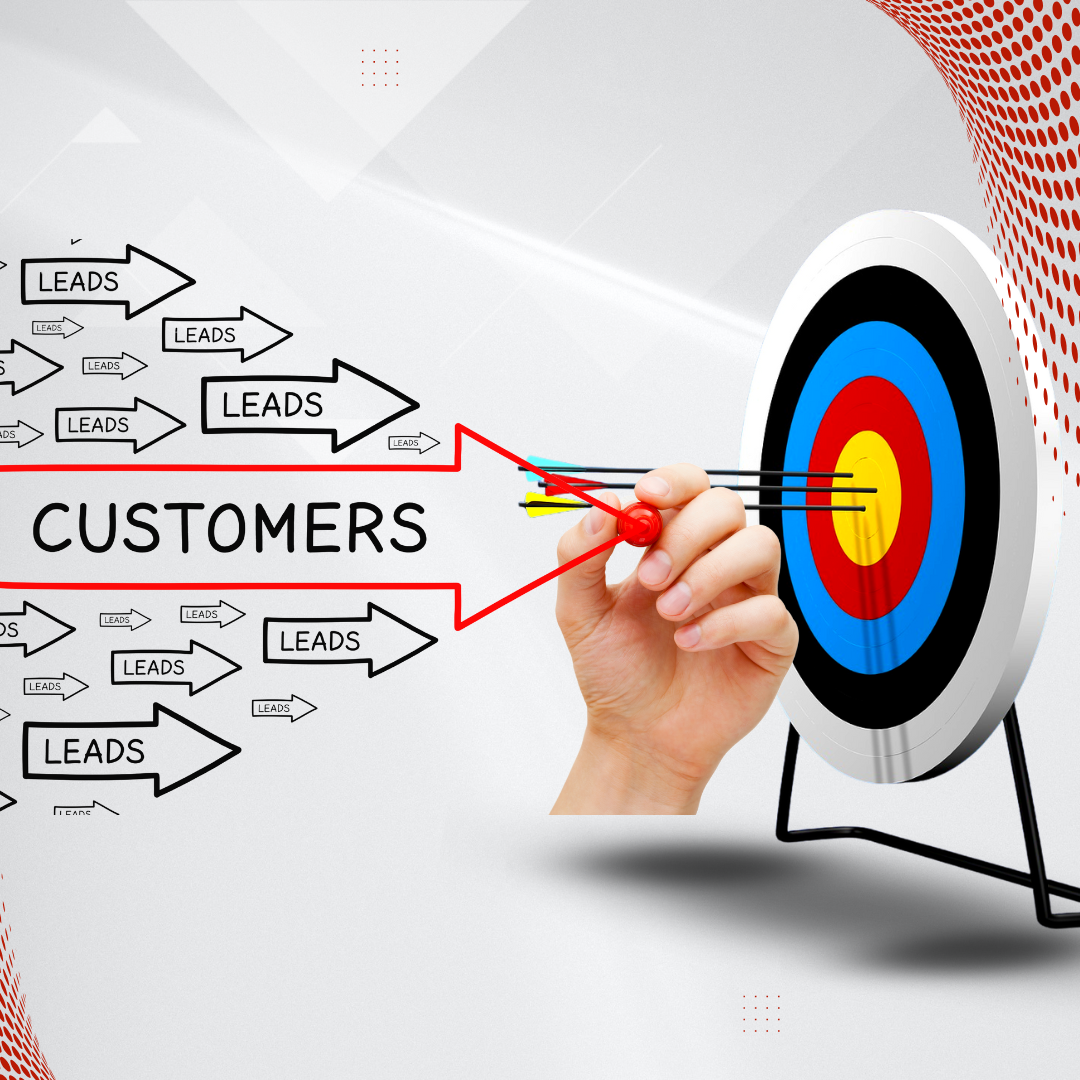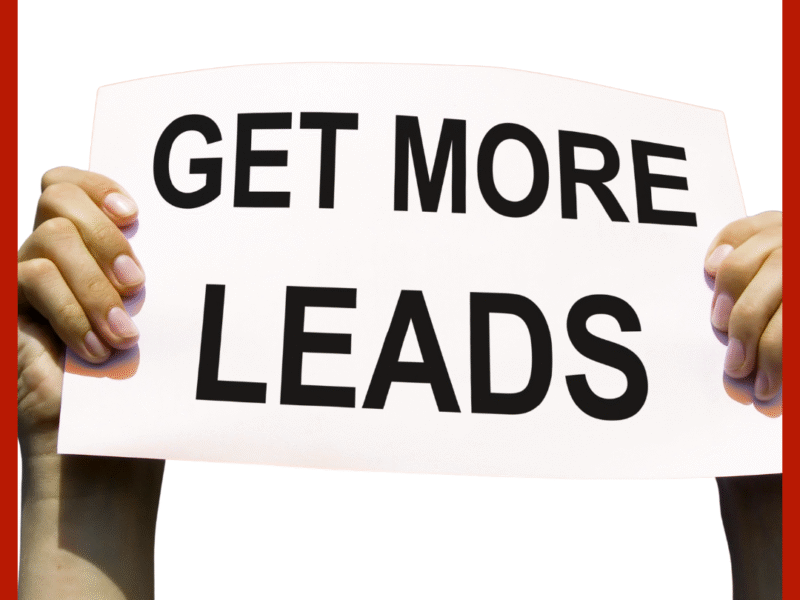In today’s hyper-competitive market, lead generation isn’t just a tactic—it’s the lifeblood of business growth. Whether you run a startup or a scaling company, generating high-quality leads consistently can mean the difference between surviving and thriving. This blog will break down actionable strategies that drive real results, just like Neil Patel would—with clarity, depth, and data-backed insights.

What Is Lead Generation?
Lead generation is the process of attracting potential customers (leads) and converting them into someone interested in your product or service. It’s not just about traffic, but qualified traffic—people who are likely to become paying customers.
Why Lead Generation Matters for Your Business
- Drives Revenue: More leads mean more sales opportunities.
- Boosts Brand Awareness: Consistent outreach grows your brand.
- Improves ROI: Targeted lead generation increases conversion efficiency.
- Supports Sales Teams: Keeps your sales pipeline full.
In short, lead generation is the bridge between marketing efforts and sales success.
Step 1: Define Your Ideal Customer
Before you dive into tactics, get crystal clear on who you’re targeting. Create a buyer personahttps://digifypro.com/services/:
- Age, location, job title
- Pain points and goals
- Buying behavior and objections
Use tools like Google Analytics, HubSpot, or surveys to refine your data. The more specific, the better.
Step 2: Create High-Value Content That Converts
Content is still king—but only if it’s valuable.
- Blog Posts: Address your audience’s pain points (like this one!)
- Lead Magnets: Offer checklists, eBooks, free tools
- Case Studies: Showcase your proven results
Every piece of content should end with a clear CTA (call to action).
Pro Tip: Use the skyscraper technique—find top-ranking content in your niche, make it better, and promote it aggressively.
Step 3: Optimize Your Website for Conversions
Your site isn’t just a brochure; it should be a lead-generating machine.
- Use compelling headlines and CTAs
- Add lead capture forms in strategic places
- Install live chat or AI chatbot support
- Optimize for mobile and speed
Tools to Use: Hotjar (to analyze user behavior), Unbounce (for landing pages), and HubSpot (for form integrations).
Step 4: Use SEO to Attract Inbound Leads
SEO is a powerhouse for lead generation.
- Target high-intent keywords like “lead generation for my business”
- Create long-form content that answers real questions
- Use schema markup and internal linking
- Focus on local SEO if you’re serving a specific region
Bonus: Write AI-friendly answers for tools like Perplexity and ChatGPT so your content ranks in AI-generated search results.
Step 5: Leverage Paid Ads for Immediate Results
If you need leads fast, paid ads are your best bet.
- Google Ads: Target keywords like “best digital marketing agency near me”
- Facebook/Instagram Ads: Use video and carousel formats to engage users
- LinkedIn Ads: Best for B2B lead generation
Always A/B test your ads and landing pages to optimize conversion.
Step 6: Build an Email Funnel That Nurtures
Lead generation doesn’t end at capturing emails. Use email marketing to nurture and convert.
- Welcome Series: Introduce your brand and value
- Educational Series: Share tips, how-tos, and industry news
- Promotional Series: Offer discounts, webinars, and case studies
Use tools like Mailchimp, ConvertKit, or ActiveCampaign.
Step 7: Use Social Proof to Build Trust
No one buys from strangers. Use trust signals like:
- Customer testimonials
- Reviews and ratings
- Trust badges
- Media mentions or case studies
People believe people—use that to your advantage.
Step 8: Analyze and Optimize
What gets measured, gets managed. Track:
- Lead source (organic, paid, social, referral)
- Conversion rate (visits to leads)
- Cost per lead (CPL)
- Lead quality (Are they becoming customers?)
Use Google Analytics, Facebook Insights, and your CRM.
Common Mistakes to Avoid
- Chasing quantity over quality
- Not having a clear value proposition
- Poor landing page experience
- Ignoring follow-up communication
TL;DR Summary
Lead generation is about understanding your audience, creating valuable content, using SEO and ads, optimizing your site, nurturing via email, and continuously refining your strategy. Start with a clear goal, test often, and scale what works.
Final Thoughts
Lead generation for your business isn’t a one-size-fits-all game. It’s a mix of strategy, psychology, and tools—refined over time. Use this guide as your launchpad, and always keep learning and adapting. If you want hands-on help, consider partnering with a results-driven agency like Digify Pro.
What is lead generation in digital marketing?
How can I generate leads for my small business?
What are the best tools for lead generation?
Why is lead generation important for business growth?
How do I know if my lead generation strategy is working?
Let the leads come to you—the smart way.💡 Need help with your lead generation strategy?
Book a free 15-minute consultation with our experts at [Digify pro] and start generating real leads today.



